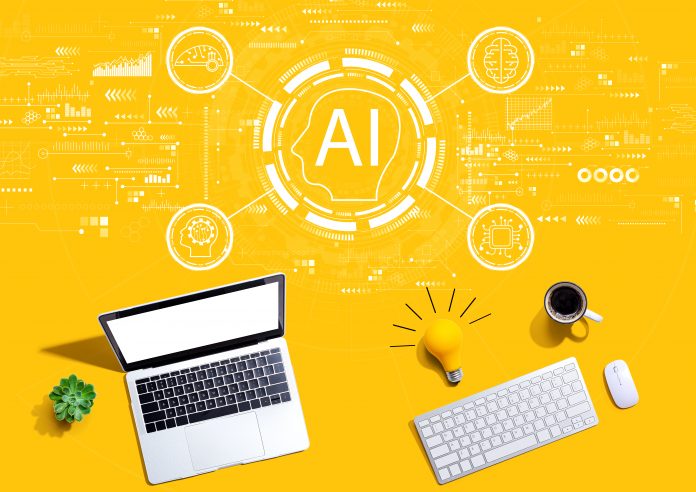Shu Wei Goh, Co-Founder of the global AI ecosystem builder and VC firm, Skymind, explores how technologies contribute to the improvement of human welfare & solving global issues
Throughout and beyond the COVID-19 pandemic, new pressures have been placed on the planet and its resources. However, innovative technologies in Asia have been helping to alleviate these issues and are contributing to a better future for society.
Here are three of the most exciting developments happening in Asia right now.
Agritech and its power
As the global population continues to increase, the need for food is rising as well, with demands for world food production to grow by 50% over the coming decade to meet new demand. Land scarcity has paved the way for AI-based innovation to flourish in the agriculture industry, which has been particularly prevalent in the farming fields of Malaysia.
One of the most exciting agritech innovations has been Artificial Intelligence of Things (AIoT) that can monitor crop growth using smart devices. AIoT is the combination of artificial intelligence (AI) technologies and the Internet of Things (IoT) infrastructure that enables automated operation and enhances data management and analytics. In agritech, this could reinvent the future of food production, as predictive software, weather sensors, and drones can scan vast plots of land and then communicate the data to one another.
These IoT advances pave the way for a new level of crop and livestock monitoring by providing valuable data that historically was either collected manually or was unavailable. In remote locations where Wi-Fi coverage is limited, cost-effective and flexibly deployed network infrastructure remains crucial for connectivity as data needs to be sent from sensors to farmers’ devices over long distances.
To operate these technologies, energy-efficient ultra- low-power devices have emerged as sustainable and cost-effective solutions. While traditional devices tend to last less than a year, this innovative technology can last up to five years.
“In remote locations where Wi-Fi coverage is limited, cost-effective and flexibly deployed network infrastructure remains crucial for connectivity as data needs to be sent from sensors to farmers’ devices over long distances.”
IoT and the rise of smart cities
As the world’s fourth-largest emitter of greenhouse gases, Indonesia’s government has pledged to reduce emissions by 29 to 41% over the coming decade and is using IoT to address the issue. By strengthening its focus on developing Smart Cities, the southeast Asian nation is using IoT to help mitigate the effects of global warming and air pollution and improve human welfare.
IoT devices are being used to measure CO2 levels and, in time, will be able to pinpoint which businesses are producing excess amounts. In other use cases, IoT sensors can also measure air pollution levels, allowing cities to better budget for improvements, with more data on where the most urgent problems are and clear paths to rectifying them.
Improving human welfare through Medical AI
Lastly, AI has played a critical role in the logistical difficulties of COVID-19 vaccine distribution. Since cold chain storage is required to maintain the vaccine’s effectiveness, special transport boxes have been required, and these boxes must remain closed during delivery.
Ultra-low power AIoT has enabled the vaccine’s temperature to be monitored as it is being delivered. A small hand-held device is put into the box to track its temperature along the way to the location. The device can share the temperature and communicate it to any laptop or mobile phone, as long as it has Bluetooth so that the box does not need to be opened by a person until the vaccination is ready to be delivered.
In Japan, where children need to undergo regular COVID-19 testing, AI innovation has helped speed up and scale the process rapidly. Vpass, for example, enables quick, seamless diagnosis through self- screening via dispenser machines in multiple locations. AI enables the fast validation of test results and creates a ‘green Vpass’ for negative results, allowing students and staff to congregate safely.
AI-enabled automation has also led to the creation of the most exhaustive database of proteins through AlphaFold, an AI system that predicts a protein’s 3D structure from its amino acid sequence. This breakthrough could revolutionise our understanding of biology, as this freely available open-source online database holds the three-dimensional structures for over 350,000 proteins, completely changing how scientists can navigate public health crises such as super-resistant bacteria.
All around the world, AI has been pushing forward human welfare. These technologies have allowed humans to make significant progress faster than could otherwise have been possible, and what is even more exciting is what is to come next.











